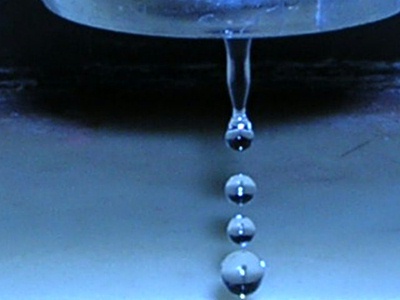All Nonfiction
- Bullying
- Books
- Academic
- Author Interviews
- Celebrity interviews
- College Articles
- College Essays
- Educator of the Year
- Heroes
- Interviews
- Memoir
- Personal Experience
- Sports
- Travel & Culture
All Opinions
- Bullying
- Current Events / Politics
- Discrimination
- Drugs / Alcohol / Smoking
- Entertainment / Celebrities
- Environment
- Love / Relationships
- Movies / Music / TV
- Pop Culture / Trends
- School / College
- Social Issues / Civics
- Spirituality / Religion
- Sports / Hobbies
All Hot Topics
- Bullying
- Community Service
- Environment
- Health
- Letters to the Editor
- Pride & Prejudice
- What Matters
- Back
Summer Guide
- Program Links
- Program Reviews
- Back
College Guide
- College Links
- College Reviews
- College Essays
- College Articles
- Back
Jeux d'eau by Martha Argerich
It’s not often one is most inspired by a classical recording. It’s not often this recording is 30 years old. And it’s also not often that this happens to a teenager.
But it did.
Listening to Martha Argerich play Jeux d'eau (water games) by Maurice Ravel is the equivalent of a push on a swing. A huge push. I stumbled across this piece “Youtube surfing,” as I’m sure we all have done, on a normal day. I’m a big fan of Claude Debussy, Ravel’s rival back in the 1890s, so a few years ago I naturally looked up Ravel.
Being a piano player, I typed in “Maurice Ravel + piano” and, after a few seconds of scrolling, clicked on Argerich’s live recording of Jeux d'eau. She was dressed in a sleeved red dress, sitting nonchalantly at the Steinway piano in a non-descript location. The recording was crackly and the filming was colored but fuzzy. Her brown hair was down, with her bangs slightly teased to the left of her calm face. She began to play.
Using words like “beautiful,” “perfect,” or “moving,” would be expected of one writing a review about a classical piano piece. All these are valid adjectives, and I would never disagree with them, but the main word that comes to mind when hearing Argerich is “water,” the main goal of Ravel’s piece and its title. The work starts out with calm arpeggios in the right hand and subdued chords in the left, all in the upper register of the piano. The beginning phrases are short, and start out slow, speed up at the end like fast-forwarding a video, then return to the original pace. This theme repeats throughout the first few seconds of the piece, followed by more 32nd (yes, 32nd) notes in the right hand. Without being cliché, one is fooled of listening to a stream instead of a piano. The piece then begins to morph, throwing in a trilled chord in the right hand like the pinnacle of a horror film, only relating to E major instead of a diminished or minor.
The real climax of the piece, however, begins at minute two of the video. This is where Argerich introduced me to a different side of the piano. The piano didn’t have to be just an instrument; it could be a faucet, or a glass of water tipped to the side. Here, Ravel starts to build volume and speed in the upper half of the piano (after a few chromatic scales) with notes that make the hands even look like water. It’s difficult to describe, but the notes are so perfectly placed that they fill in all the spaces threatening to expose the piano’s true identity. The stream is screaming and hurrying to get down the hill. Why would a stream be in a rush? Who knows, but when Argerich is guiding it no one questions the water’s urgency.
Immediately after this hold-your-breath-moment, the hands quiver in place and glissando down the instrument on the black keys. The rest of the piece seems to be the reclining of the stream, like a predator rushing up on its prey then sulking behind it for a while. Ravel’s work never catches the prey, but the listener never realizes and no one feels bad for the hungry music.
Ravel’s notes can speak for themselves, but like Argerich did to me, she gives them the push they need to be mind-blowing. Her fingers are effortless, and she gives the feeling of ease without looking bored. Like the piece, she tries to make the piano seem invisible and just let the notes come through. She captures this so well, at times, such as the seventh measure, it sounds like horns and other instruments are accompanying her for a few moments, even though there are none to be seen. Some pianists sway back and forth and lift their elbows in odd places. This isn’t a bad thing, for the most part, but Argerich keeps it simple, and with the delicacy of the piece it fits perfectly.
The last thing Argerich does sums up the performance perfectly, and subtly. After the last notes have come off her fingers, she smirks. Not arrogantly, but slightly. She nailed it, we all know, but only she knows what it was really like to turn a piano into a stream.

Similar Articles
JOIN THE DISCUSSION
This article has 0 comments.
